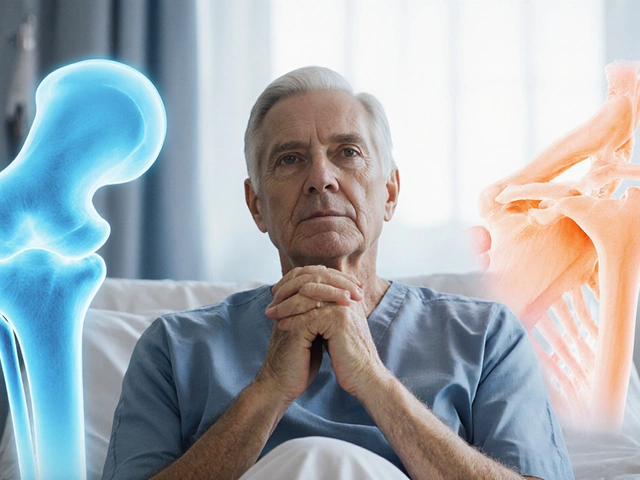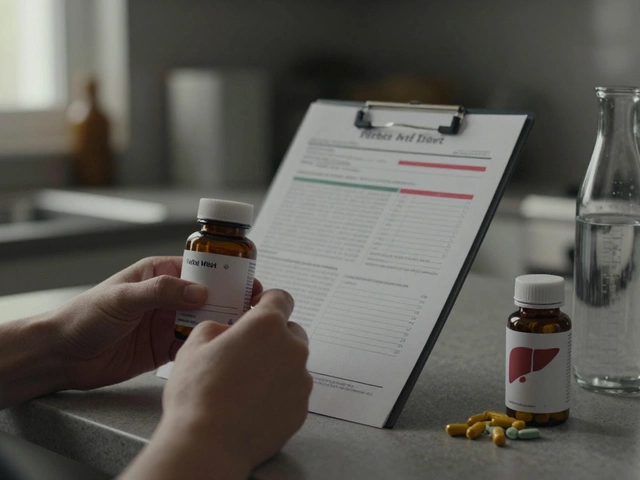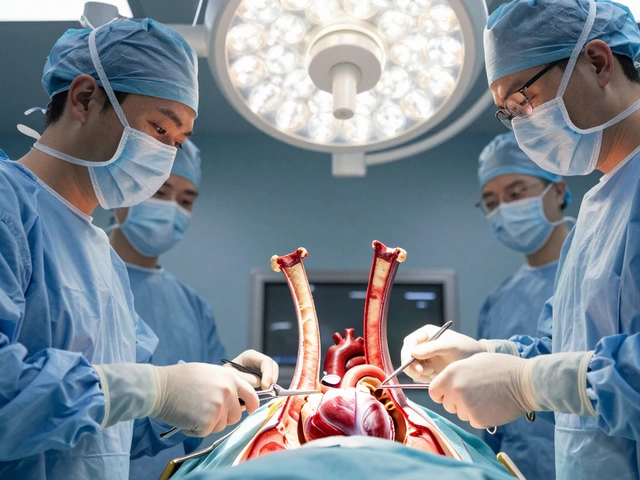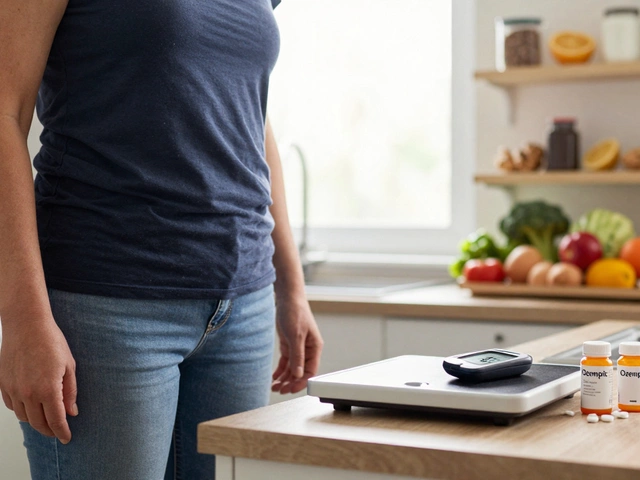Breast Health: Simple Tips and Trusted Info for Indian Women
Knowing how to look after your breasts doesn’t have to be complicated. Whether you’re young, pregnant, or past menopause, the basics stay the same: pay attention, stay informed, and act early if something feels off. This guide breaks down what you need to know in everyday language, so you can feel confident about your body.
Self‑Check Made Easy
Doing a breast self‑exam once a month is the quickest way to spot changes. The best time is a few days after your period when the tissue is least swollen. Stand in front of a mirror, raise your arms, and look for any visible changes – dimpling, skin puckering, or unusual redness. Then, lie down and use the pads of your fingers to feel for lumps, thickening, or pain. Move in circles, up and down, and cover the whole breast, including under the arm. If you notice anything new or different, note it and talk to a doctor.
Screening and When to See a Doctor
In India, the government recommends a clinical breast exam every two years for women aged 20‑39 and a mammogram every two years after 40, especially if you have a family history of breast cancer. If you’re already at higher risk – for example, a close relative had breast cancer before age 50 – start screening earlier and discuss genetic testing with your doctor.
Beyond routine checks, you should schedule an appointment any time you feel a new lump, experience persistent pain, notice nipple discharge that isn’t milk, or see changes in skin texture. These symptoms aren’t always cancer, but catching them early makes treatment easier.
Common non‑cancerous issues include fibrocystic changes, cysts, and fibroadenomas. They can cause lumps or tenderness but are usually harmless. Your doctor can confirm the cause with an ultrasound or a fine‑needle aspiration if needed.
When it comes to lifestyle, keep a balanced diet rich in fruits, vegetables, and whole grains. Limit alcohol, maintain a healthy weight, and stay active – regular exercise helps regulate hormone levels that affect breast tissue. If you’re breastfeeding, use a supportive bra and change pads often to avoid irritation.
Myths still float around: many think that tight bras cause cancer or that only older women get breast problems. The truth is, tight bras might cause discomfort but don’t increase cancer risk, and younger women can develop benign lumps that need evaluation. Trust reliable sources like your doctor or reputable health portals, and skip sensational headlines.
Remember, each woman’s body is unique. What works for one person might not be right for another, so stay in touch with your healthcare provider and ask questions whenever you’re unsure. Simple habits – regular self‑checks, timely screenings, and a healthy lifestyle – go a long way in protecting your breast health.
Feel free to revisit this page whenever you need a quick refresher or want to share the basics with friends and family. Taking charge of your breast health is a steady, everyday effort, and you’ve got the tools right here.






